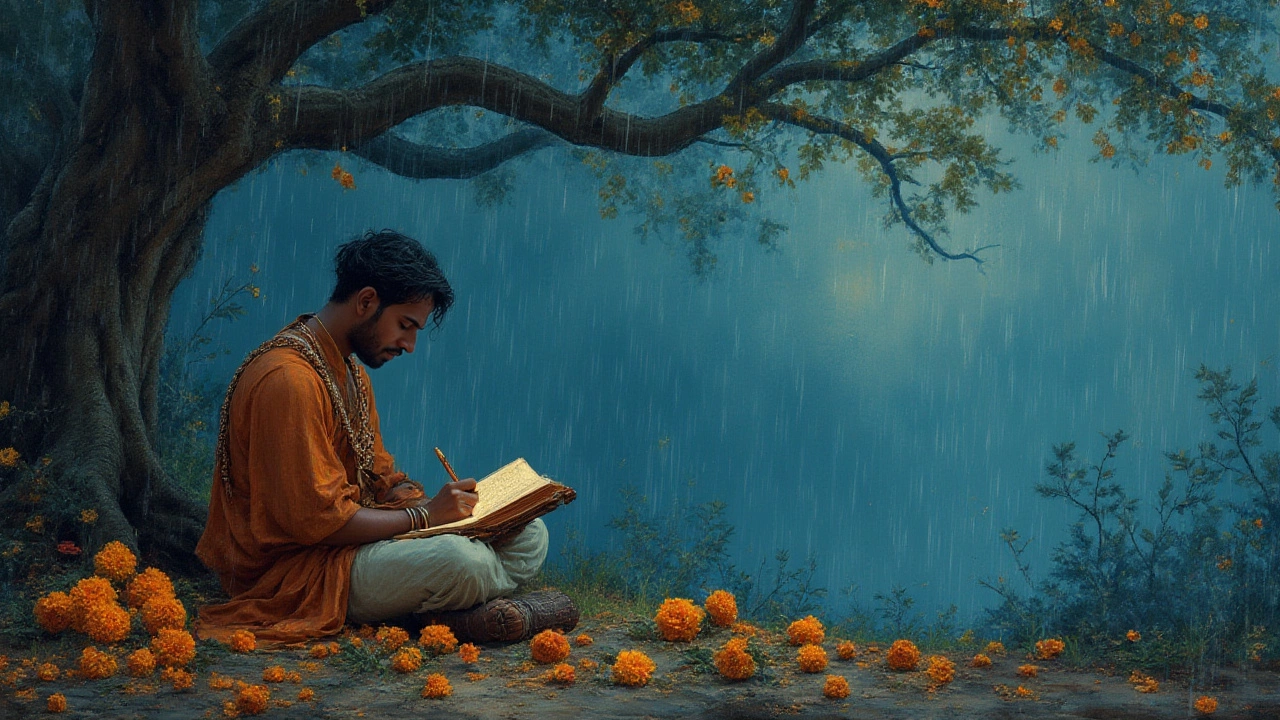English Romantic Poets – Meet the Legends and Their Timeless Poetry
Ever wonder why a line from Wordsworth shows up on a coffee mug or why a YouTube video quotes Byron? Those poets aren’t just old guys with wigs; they shaped how we talk about nature, feelings, and freedom. This page pulls together all the basics you need to know, so you can read their verses with a fresh eye.
Meet the Main Players
The Romantic wave kicked off in the late 1700s and ran into the early 1800s. Five names dominate the scene:
- William Wordsworth – He believed that ordinary moments in nature could be profound. Try his "I Wandered Lonely as a Cloud" for a starter.
- Samuel Taylor Coleridge – Wordsworth’s buddy who loved the mysterious. "The Rime of the Ancient Mariner" is a good taste of his haunting style.
- Lord Byron – The rebel with a dramatic flair. His life was as wild as his poems, so reading "She Walks in Beauty" feels like a secret glimpse into his world.
- Percy Bysshe Shelley – A thinker who mixed politics with love of the sky. "Ode to the West Wind" shows his urge for change.
- John Keats – The short‑lived dreamer who painted death and beauty in vivid colors. "Ode to a Nightingale" is an easy jump‑in point.
Each poet brought a personal spin to big ideas like freedom, imagination, and the power of feeling. When you read them, you’ll notice they all try to make the everyday feel magical.
Why Their Poetry Still Helps You Today
Modern life feels fast, noisy, and sometimes hollow. Romantic poets remind us to pause and notice the small stuff – a sunrise, a rustling leaf, a sudden emotion. Those simple moments can spark creativity in any job, whether you’re writing a blog post or coding a new app.
Besides that, their focus on personal expression gives a template for honest communication. Want to write a heartfelt message? Look at Keats – he tells the truth about love without sugar‑coating. Need a bold statement? Borrow Byron’s confidence. The tools are already there; you just have to practice using them.
If you’re new to the genre, start with a short poem from each poet. Jot down the feelings it sparks, then try rewriting a personal experience in the same style. You’ll see quickly how the Romantics turn ordinary scenes into something unforgettable.
Our tag page gathers articles that break down these poets, give quick biographical notes, and offer useful reading tips. Dive in, pick a poet that clicks, and use the free resources to deepen your understanding. The more you explore, the more you’ll notice their influence behind movies, song lyrics, and even memes today.
So next time you see a line about “the hush of the evening” or “the wild heart of a storm,” think of the Romantics who first put those words together. Their legacy isn’t locked in dusty books – it lives in the way we talk about feeling, nature, and freedom. Grab a cup of tea, open a poem, and let the original Romantic spirit give you a fresh perspective on your own story.
- Arjun Bhardwaj
- 1-08-25
- Sad Poetry
What Is the Saddest Poem by John Keats? Deep Dive, Meaning, and Legacy Explained
Explore why 'Ode on Melancholy' stands out as John Keats's saddest poem, looking at its themes, impact, background, and what makes Keats's melancholy timeless.
Details